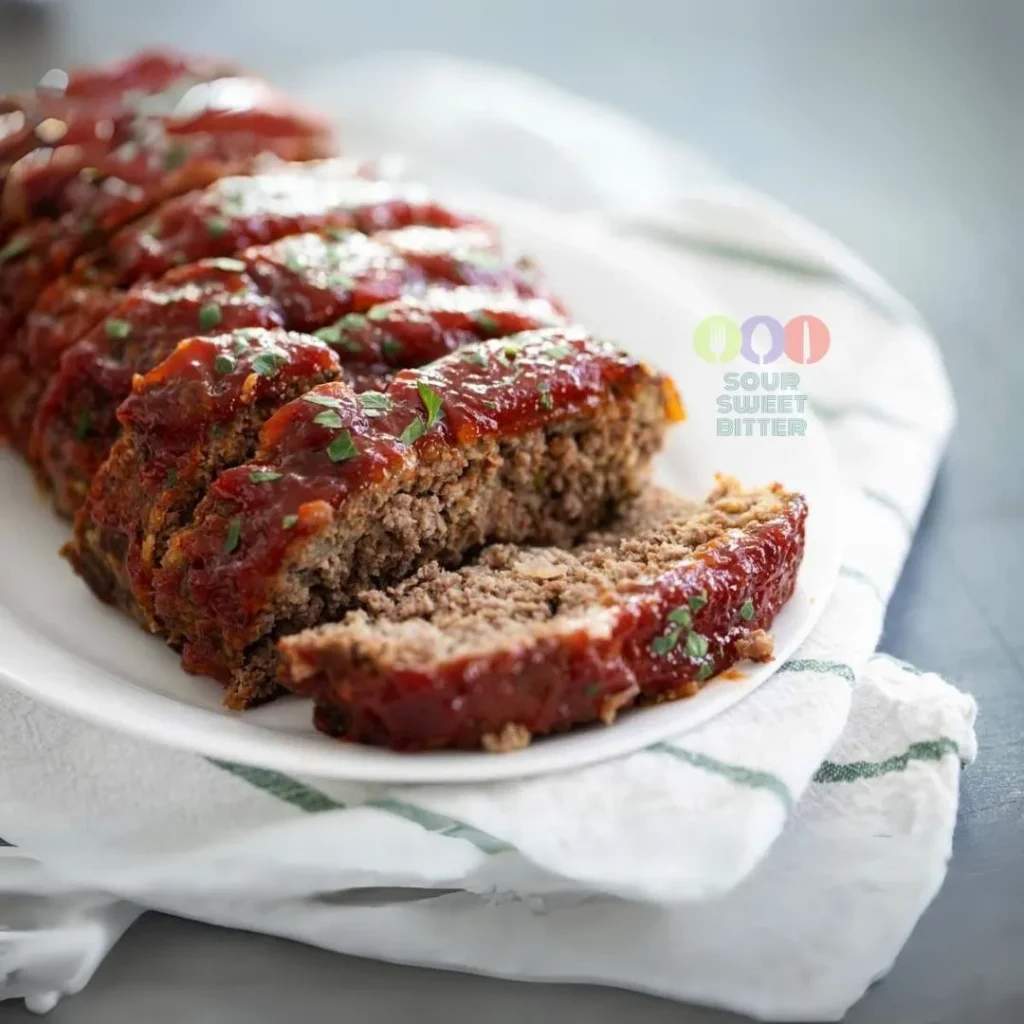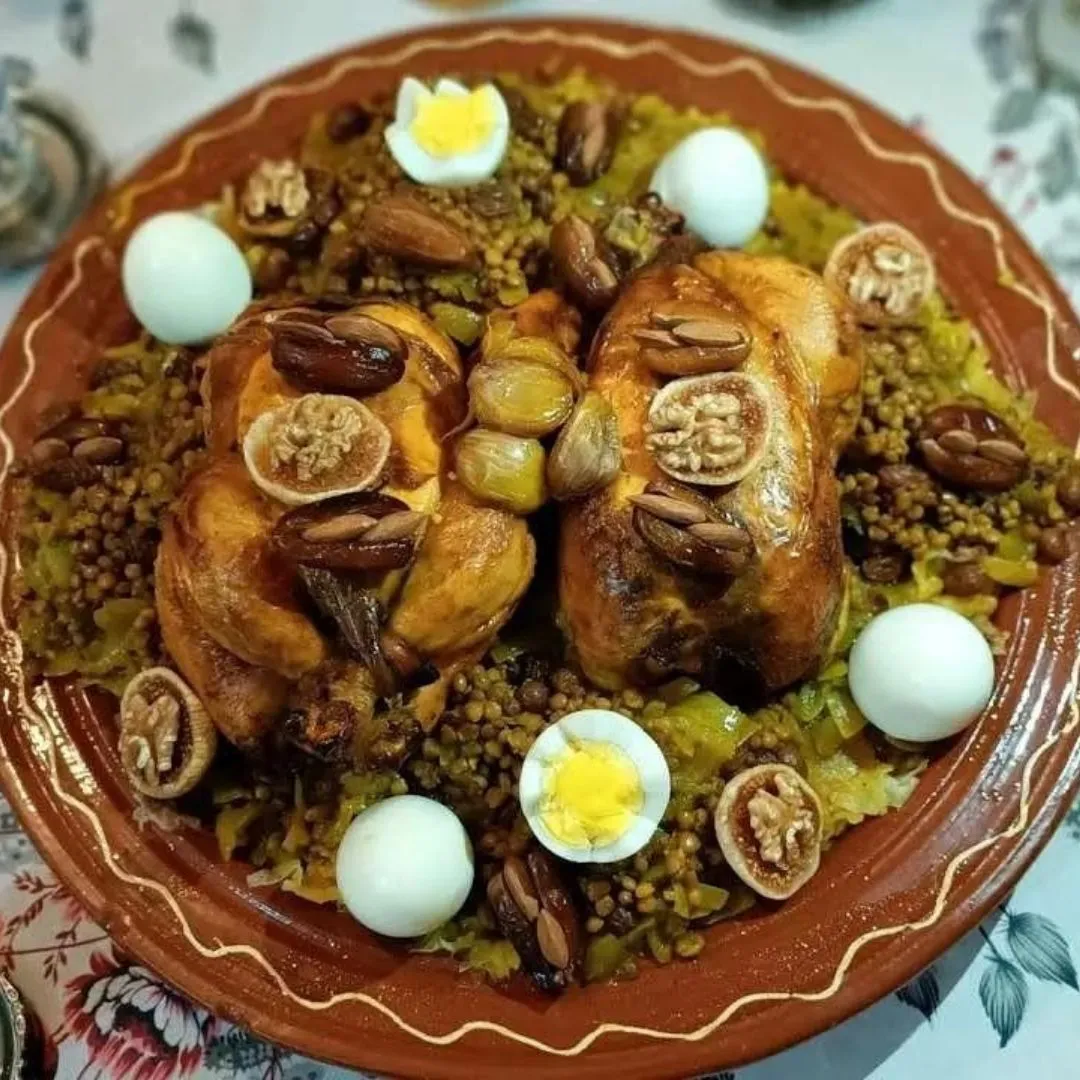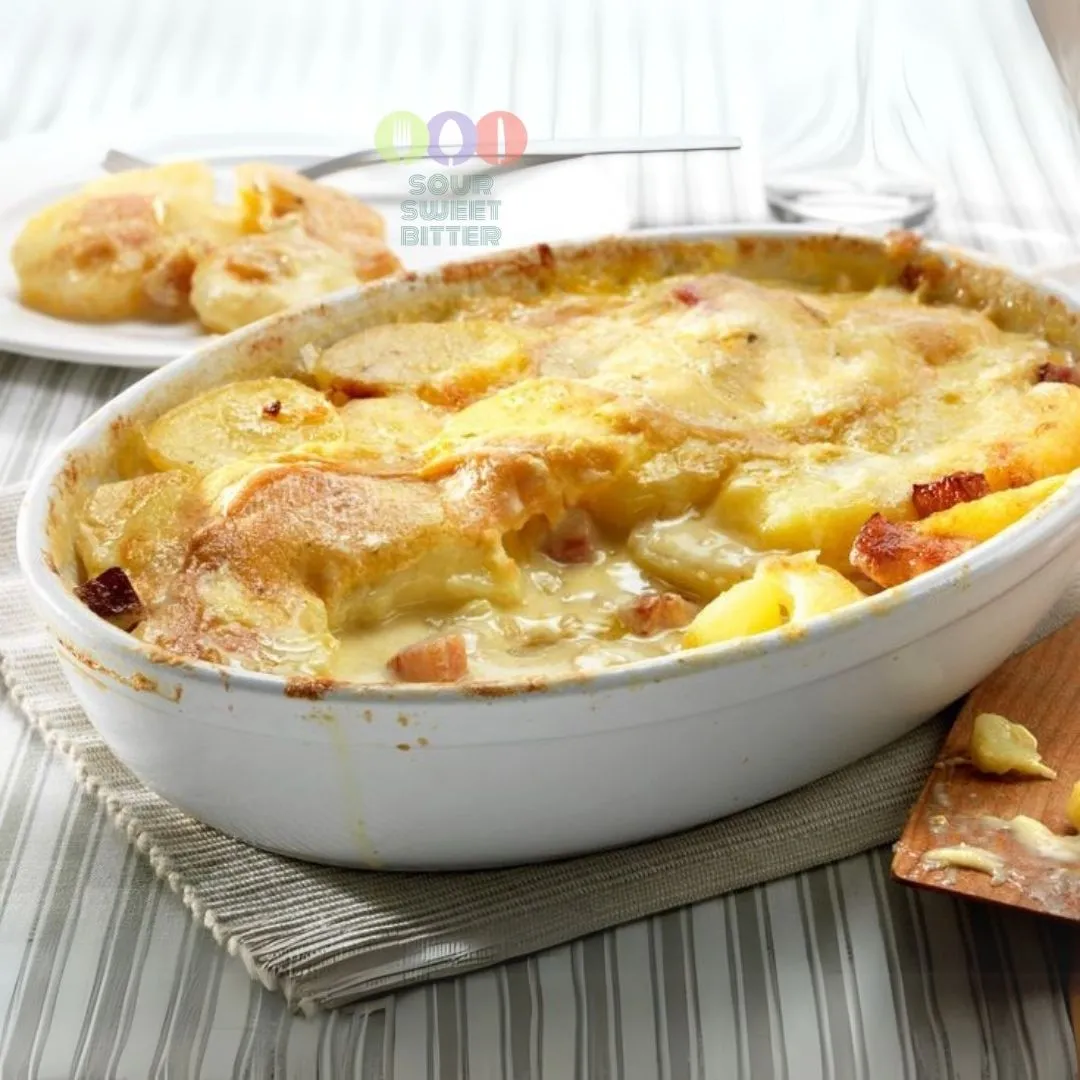Meatloaf: A Culinary Journey Through Time
Meatloaf isn’t just a simple dinner option—it’s a dish rich in history, culture, and tradition. Its roots trace back to Europe, with similar recipes appearing as early as ancient Rome. Over the centuries, meatloaf has adapted to the ingredients and tastes of different regions, evolving into the comfort food we cherish today.
A Dish of Ingenuity and Tradition
Meatloaf’s flexibility and accessibility made it a go-to during tough times. In medieval Europe, resourceful cooks used finely chopped meats, breadcrumbs, and seasonings to create hearty meals that could feed many. This recipe crossed the Atlantic with immigrants and took root in the United States, flourishing during the Great Depression. Ingredients like breadcrumbs, onions, and eggs became essential to stretch the protein and enhance the flavor.
Every family has its own meatloaf recipe, often passed down through generations. Whether topped with tangy ketchup, infused with aromatic herbs, or stuffed with surprises like cheese or vegetables, meatloaf serves as a culinary canvas reflecting personal and cultural identity.
A Global Favorite
While meatloaf is often associated with American cuisine, it’s celebrated worldwide. In Germany, it’s known as Hackbraten, typically served with boiled potatoes and gravy. In Italy, Polpettone is seasoned with Italian herbs and sometimes filled with prosciutto and mozzarella. Middle Eastern versions feature lamb and a blend of warm spices, creating a rich and aromatic dish.
Each cultural variation highlights meatloaf’s universal appeal: its adaptability, simplicity, and ability to bring families together.
Modern Twists on a Classic
Today, meatloaf remains a favorite, adapting to various dietary needs. Health-conscious versions use lean proteins like turkey or plant-based alternatives. Creative additions such as barbecue sauce, sriracha, or even unique chutneys offer fresh takes on the traditional recipe. Despite these innovations, the essence of the dish—a celebration of resourcefulness and flavor—remains the same.
Why Meatloaf Matters
At its core, meatloaf represents home, family, and togetherness. It’s the ultimate comfort food, evoking memories of Sunday dinners, potlucks, and special moments around the table. As we embrace modern lifestyles, meatloaf continues to bridge the gap between tradition and innovation, preserving its rich cultural heritage.
Whether you enjoy it the old-fashioned way or with a modern twist, meatloaf is more than just a meal—it’s a testament to the enduring power of food to connect us with our past and each other.
Experience the Tradition
Rediscover the joy of meatloaf by trying a recipe that speaks to your heritage or experimenting with a new variation. Whatever you choose, every bite is a journey through history, culture, and the warmth of home-cooked love.
Discover Traditional American Recipes Discover Traditional North American Recipes You may like this also: German Rouladen
American Meatloaf
Ingredients
For the Meatloaf:
For the Glaze:
Instructions
-
Preheat your oven to 190°C. Line a baking sheet or loaf pan with parchment paper or lightly grease it.
-
In a large bowl, combine ground beef, ground pork, onion, garlic, breadcrumbs, eggs, milk, ketchup, Worcestershire sauce, mustard, salt, pepper, and thyme. Mix gently until just combined—avoid overmixing to keep the meatloaf tender.
-
Transfer the mixture to the prepared baking sheet or pan. Shape it into a loaf.
-
In a small bowl, whisk together ketchup, brown sugar, and apple cider vinegar. Spread half of the glaze evenly over the top of the meatloaf.
-
Bake in the preheated oven for 45 minutes. Remove from the oven and spread the remaining glaze on top. Return to the oven and bake for an additional 15-20 minutes, or until the internal temperature reaches 70°C.
-
Allow the meatloaf to rest for 10 minutes before slicing. Serve with mashed potatoes, roasted vegetables, or a side of your choice.
-
Your traditional Meatloaf is ready. Bon Appetit!

















